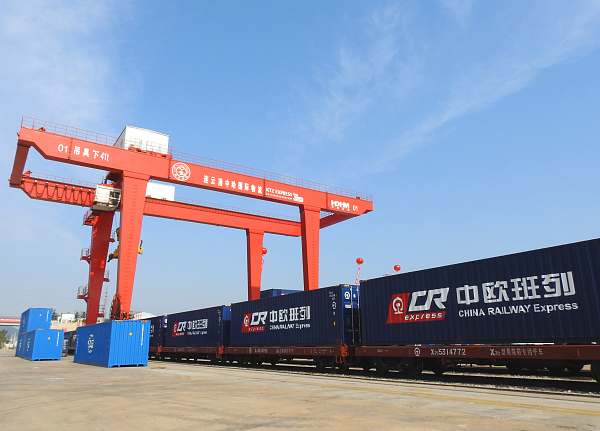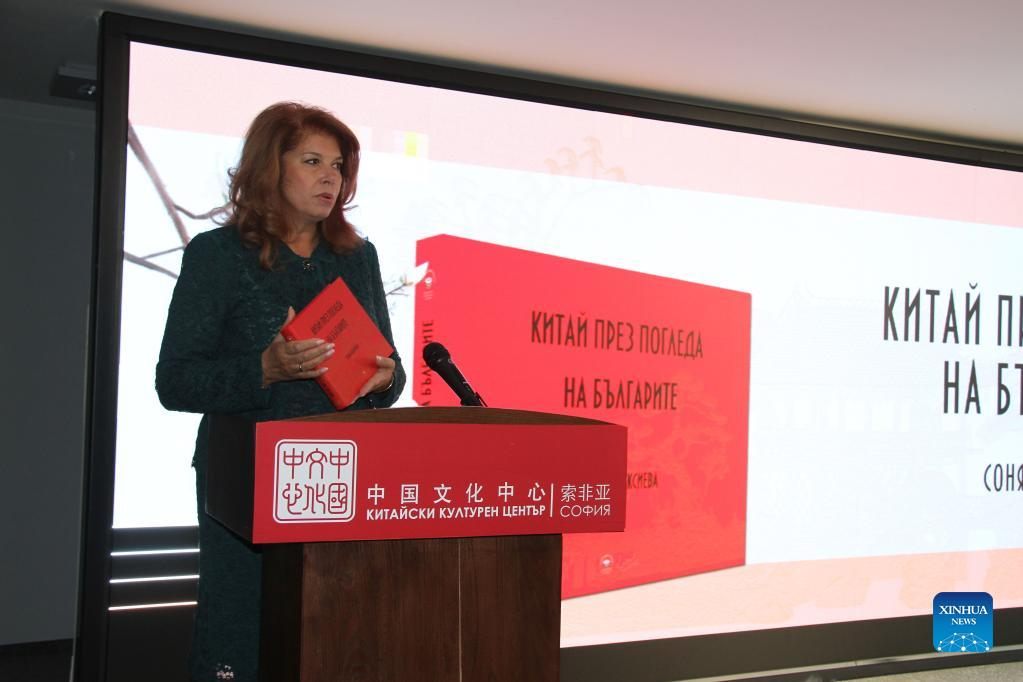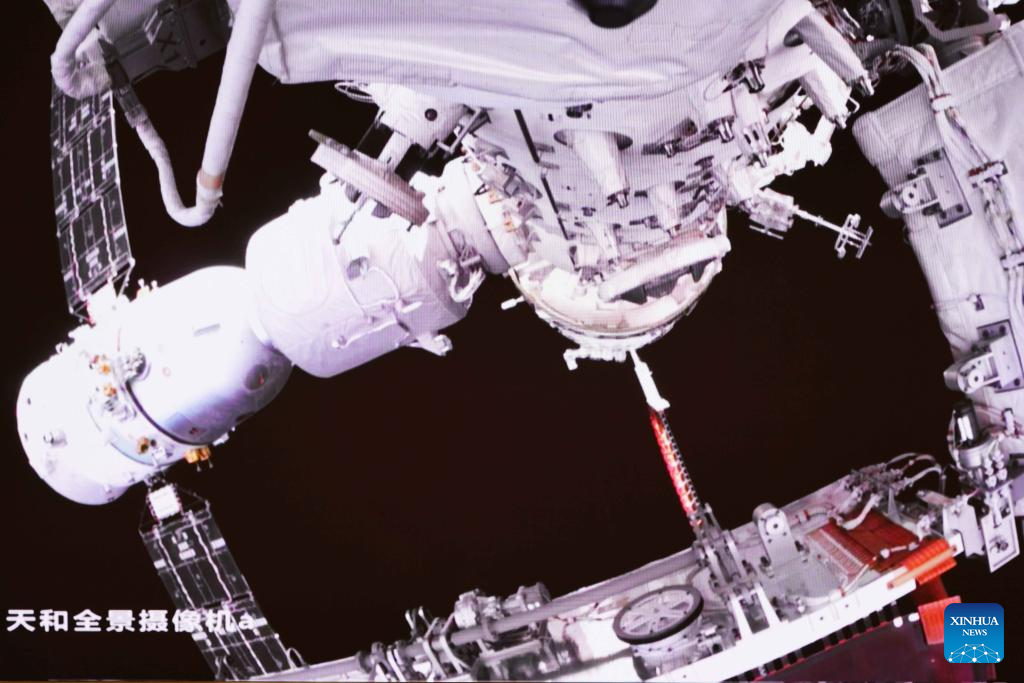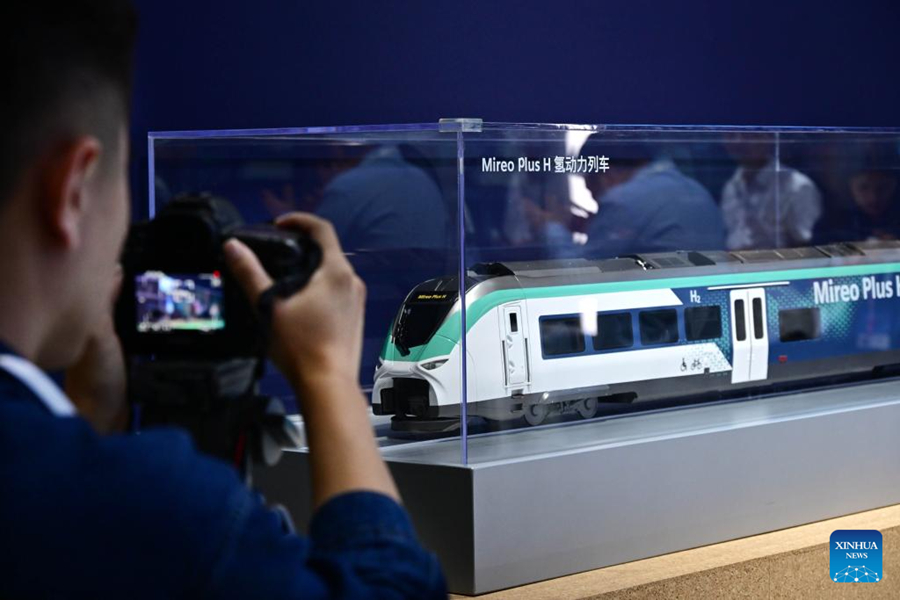
(CFP Photo)
Major ports in the Yangtze River Delta handled a total of 1.96 million TEUs through rail-sea intermodal transport in the first ten months of this year, marking an increase of 239,000 TEUs or 13.9% compared to the same period last year, according to China Railway Shanghai Bureau Group on November 18.
Export-oriented enterprises are increasingly favoring this mode of transportation for its strong delivery capacity, competitive cost and more predictable arrival times.
A recent example includes a rail-sea intermodal train transporting 117 new energy vehicles (NEVs) from Changzhou, Jiangsu Province to Zhoushan Port in Ningbo City, Zhejiang Province, en route to Europe by sea.
Changzhou has exported nearly 16,000 NEVs this year worldwide through intermodal transportation. Primary markets include the UK, the Netherlands and other European countries, with new markets like Australia, India and Thailand emerging this year.
Shanghai Port’s export of NEVs has also seen a significant surge as the combined use of cargo trains and ro-ro ships or container vessels in intermodal transportation has reduced costs by 15%, according to Shen Hai, marketing manager at the Shanghai International Port Group’s sea-rail intermodal transportation company.
In the first ten months of 2023, the Yangtze River Delta also registered a robust growth in China-Europe freight train services. Notably, Lianyungang City recorded 511 freight train trips in the period, up 8.3% year on year, and transported 50,000 TEUs, 3,637 higher than last year.
Currently, the city’s freight trains now connect with major destinations in Central Europe and Central Asia through China’s four border ports - namely Alashankou, Khorgos, Erenhot and Manzhouli.




















